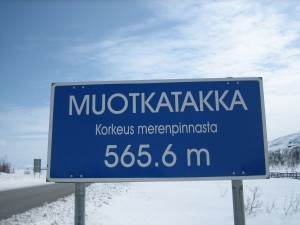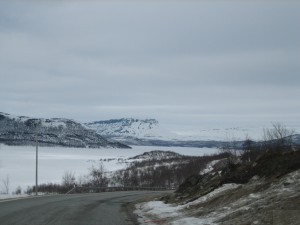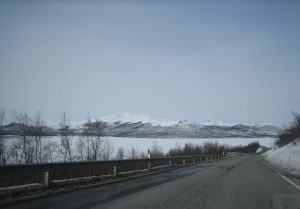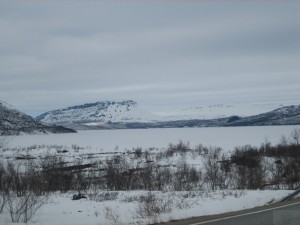This year, 2019, my yearly ice-fishing expedition was delayed until late in the spring for several reasons. One of the reasons was that Easter was so late this year ( April 18-22) and we did not get a cabin during Easter; they were fully booked. So the expedition started after Easter. This year was also different regarding the snow situation. While there was snow nearly one meter in the south of Rovaniemi, we found out that in the north, near Kilpisjärvi in the northernmost Lapland, there was not that much snow – hardly no snow at all on places.
The weather around Easter was sunny and quite warm and that made the snow melt even more. On the way and at arrival to the fishing place we could just establish the fact that this expedition was going to be different from the previous ones.
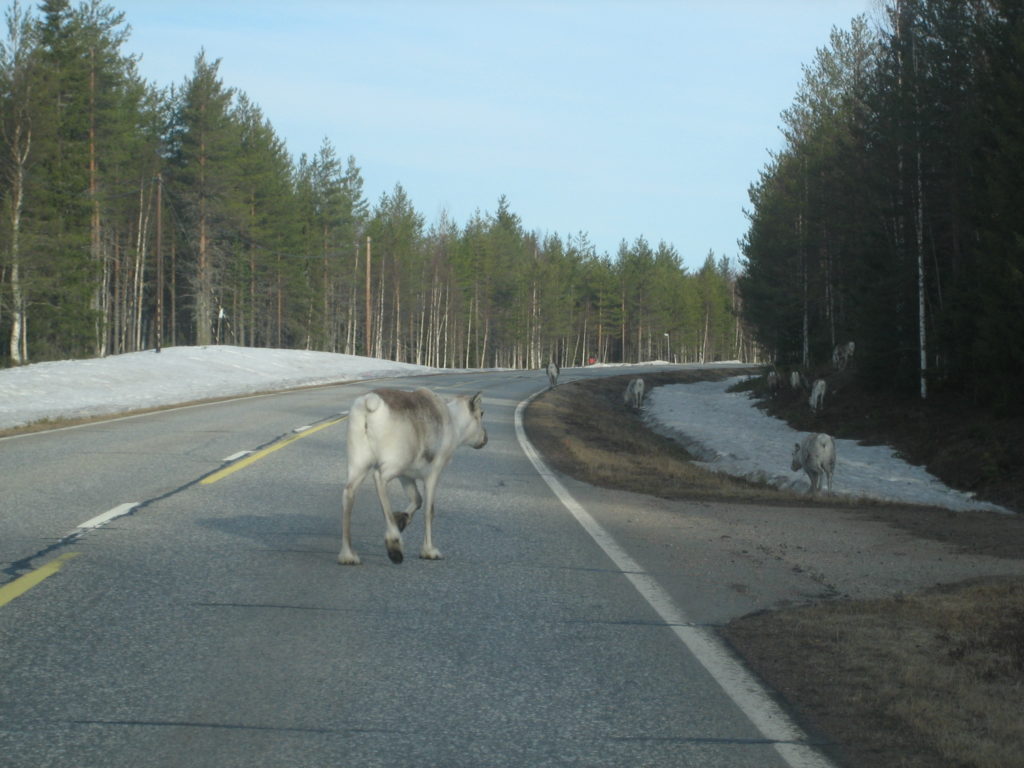
First of all, we needed to move from the car around half a kilometer on SNOW with skies…..
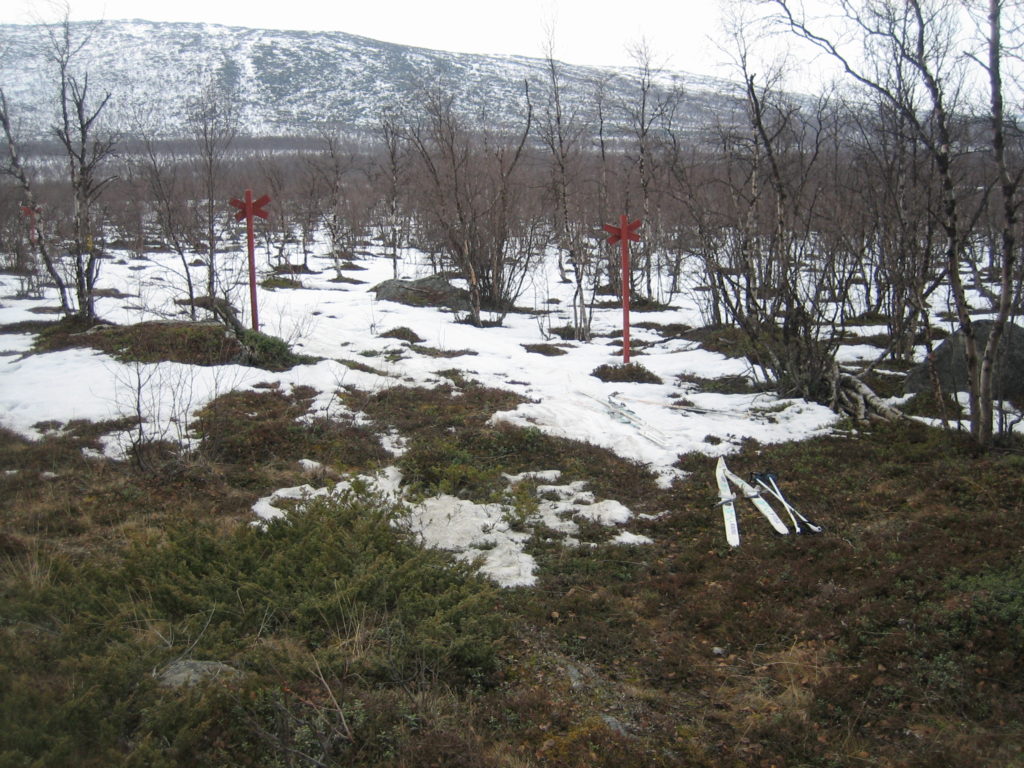
Well the little snow was quite hard in the morning, so with some extra efforts we managed to reach the fishing-place without any problems.
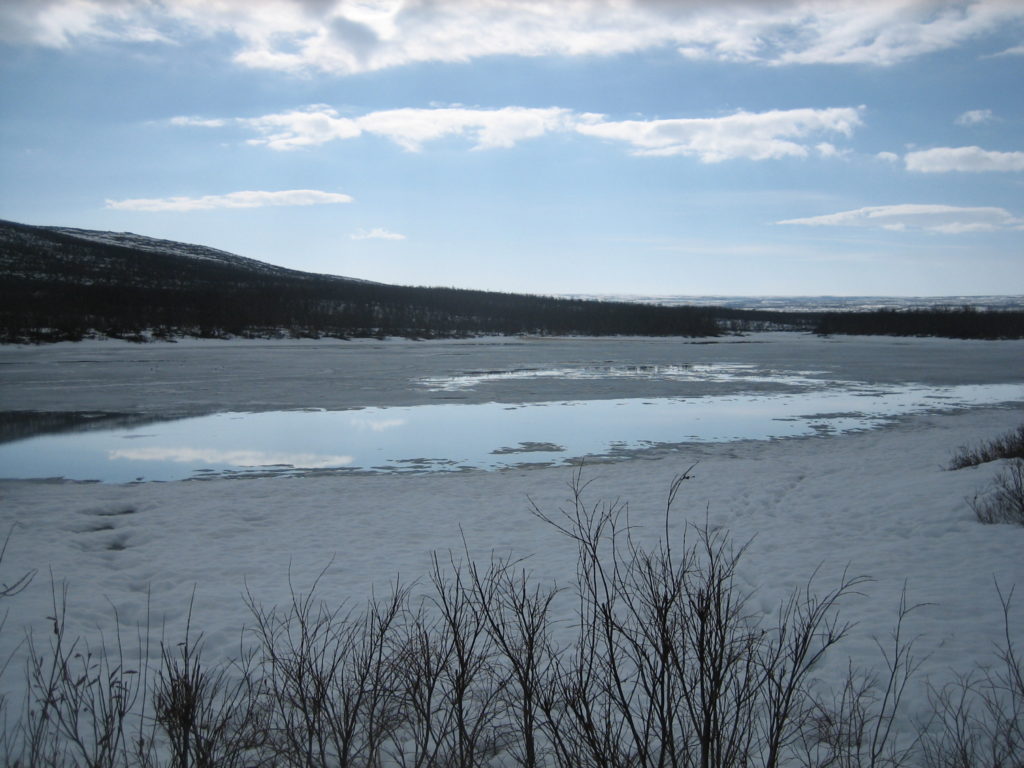
The ice on the river was thick but a little water had melted on it. That was fixed with some holes in the ice and the water disappeared quickly. It was easy to move around on the ice and the weather was perfect all five days. I enjoyed the time outdoor in the nature. Some swans flew over and that is always a sign of spring arrival. The little white-troated dipper was diving in the rapids. The rapids were open, as usual this time of the year. It was nothing special with that.
On the starting day I caught some really nice white-fishes. As you can see, the water on the ice had disappeared completely.
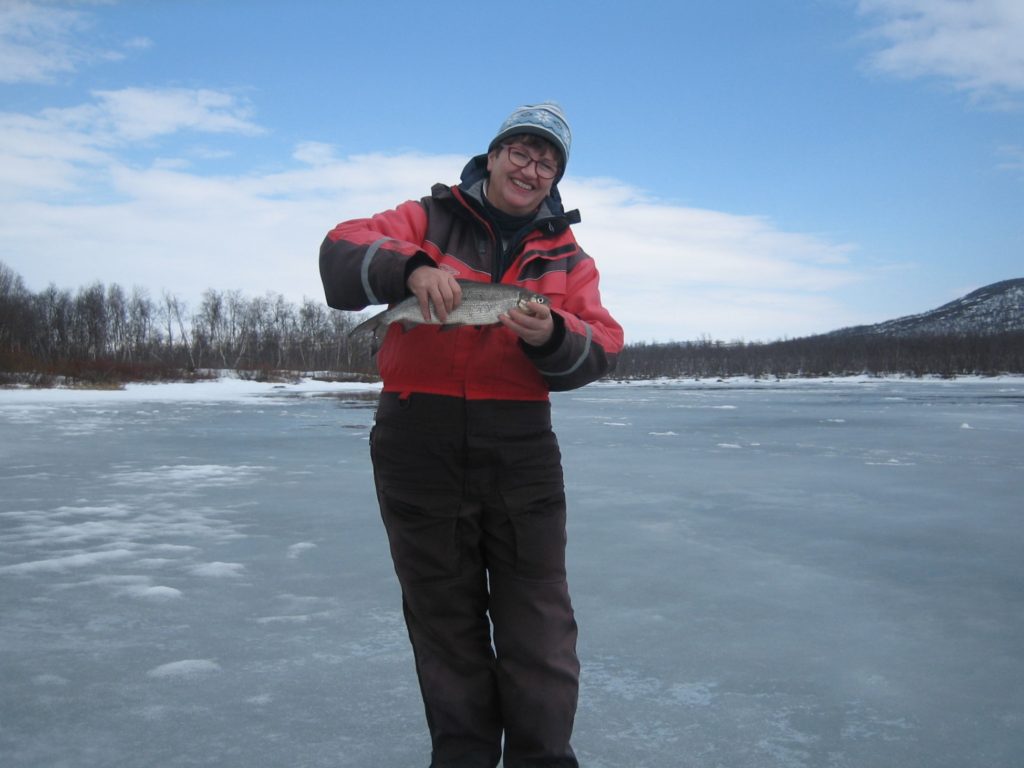
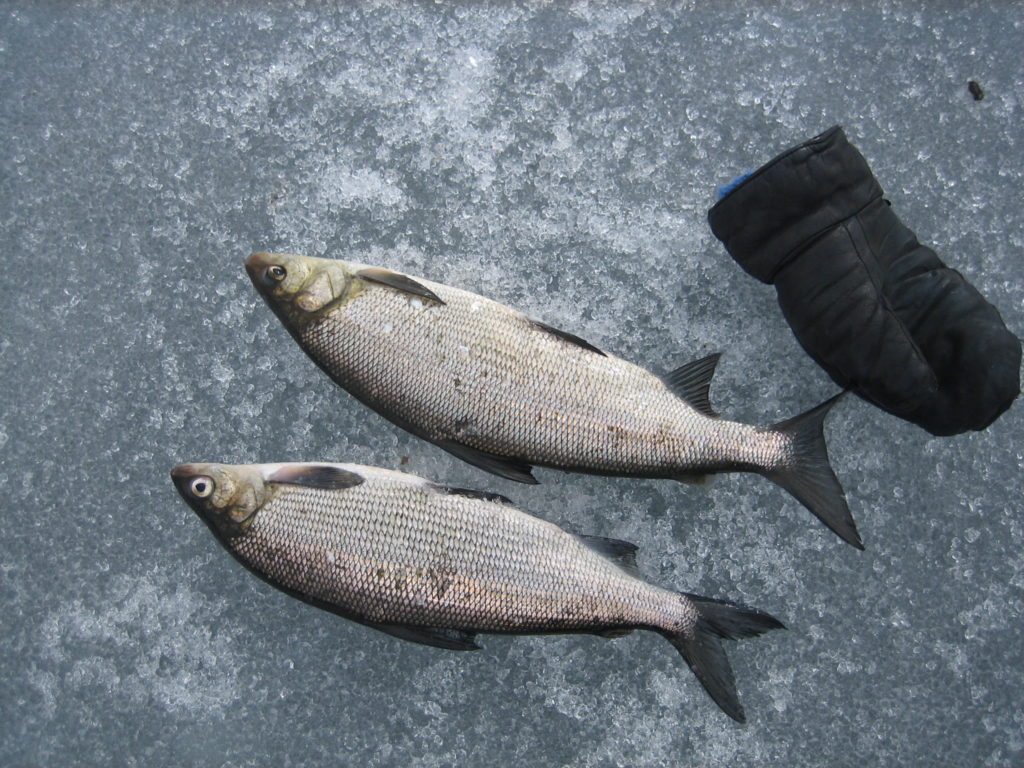
As parts of the experience with ice-fishing are the breaks with fryed sausages.
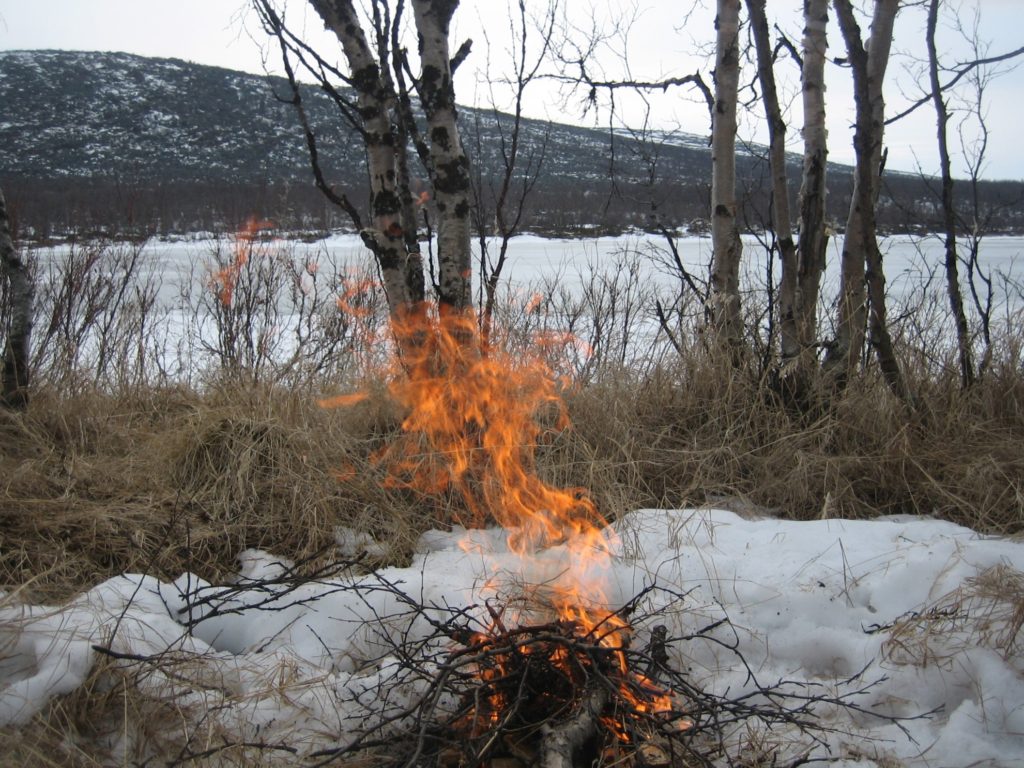
As the days went by we realised the skiing was getting more and more difficult. The mornings were still ok, because of the cold nights and the hard snow and ground. But in the afternoons every day the sun had melted even more snow that had turned into water along our way. We even went skiing through some waters to reach the car. But then we came up with another solution: We found a way along the rapids that was still usable and with snow. Then there was only a short way where we had to ski on the swamp with only grass on.
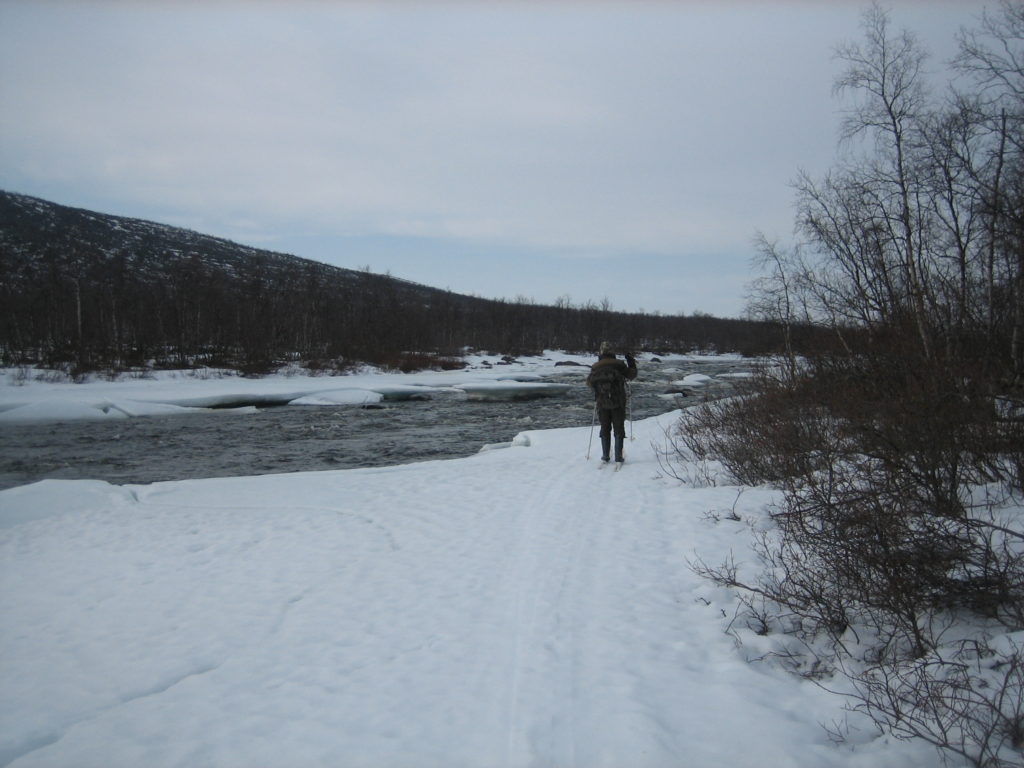
As I’ve been sitting on the ice ice-fishing I have often wondered if it would be possible to climb the nearest fell, Lammasoaivi.

This year I saw the opportunity, because of the lack of snow. One day I decided not to go fishing, but hiking up to the top of the fell Lammasoaivi.
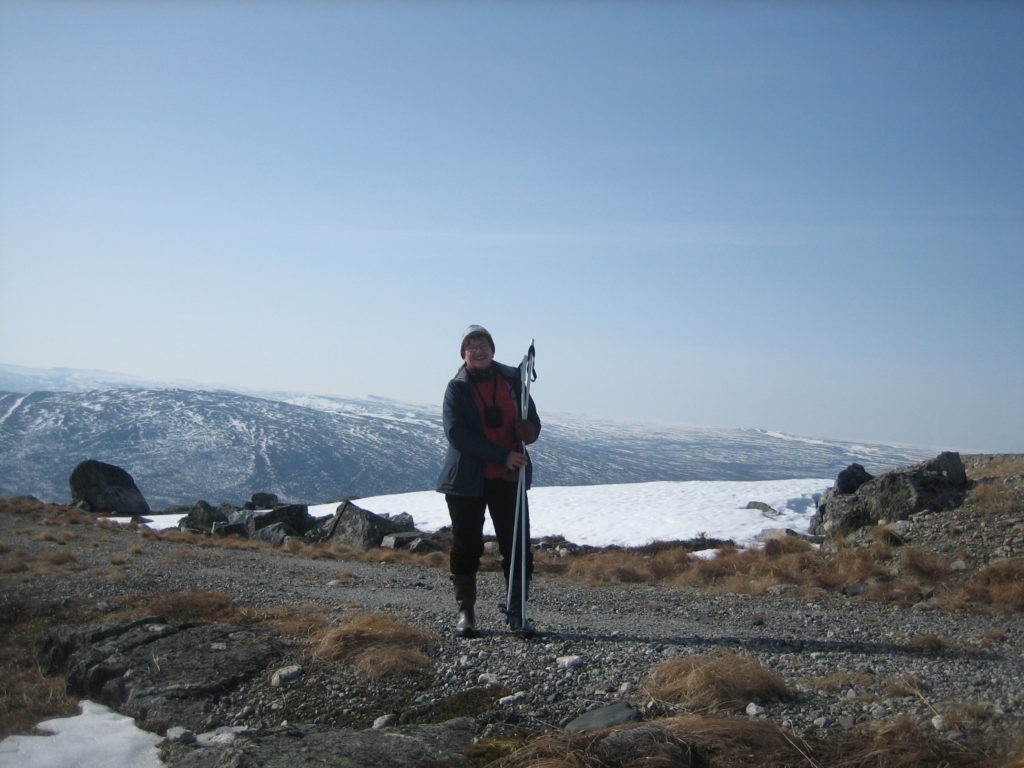
The feeling as I reached the top of the fell is hard to describe in words…I was so filled with happiness and the view from the top of the fell all over the north of Lapland was amazing. This is Lammasoaivi fell 740 m over the sea. I felt like I had made a dream come true.
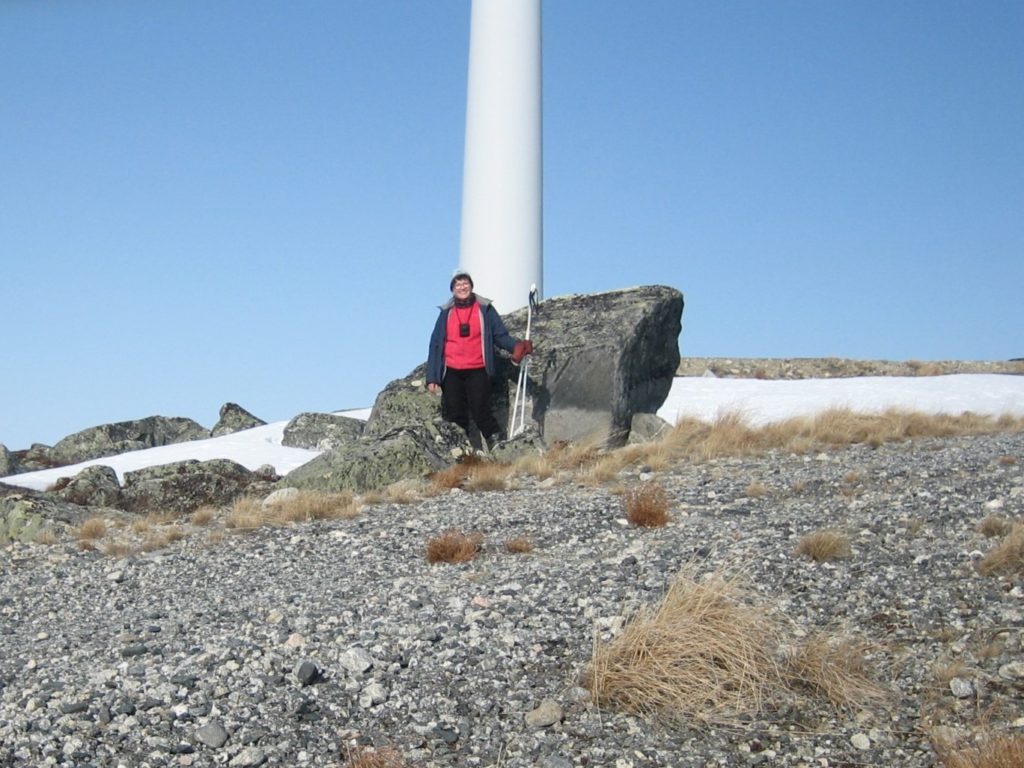
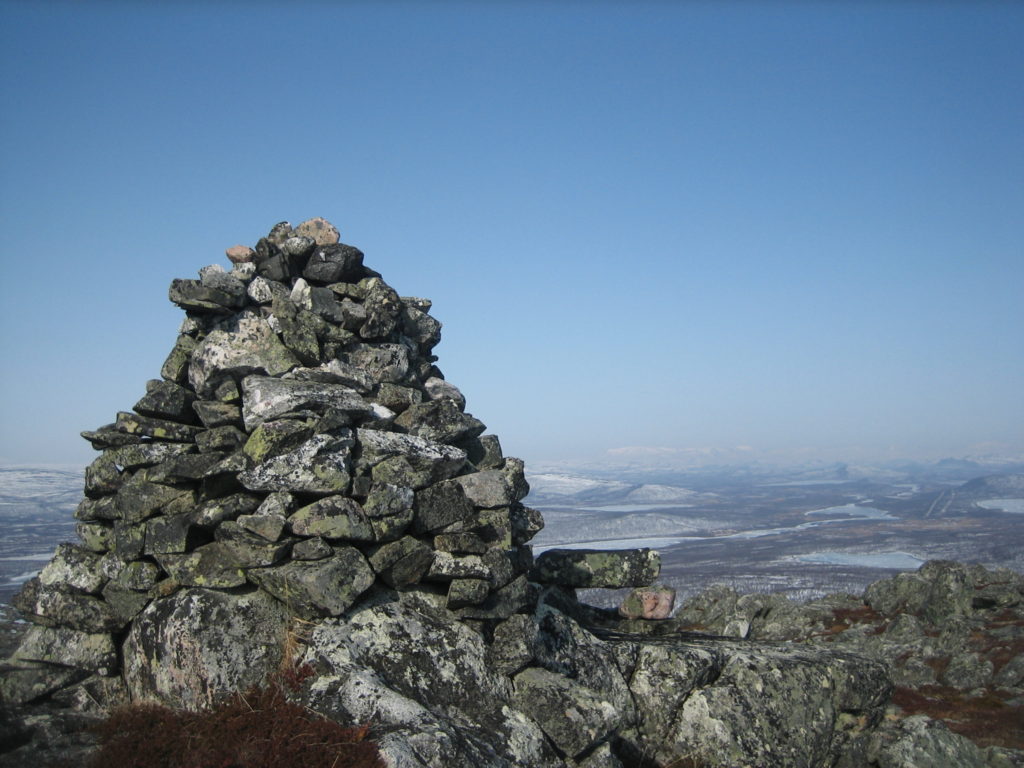
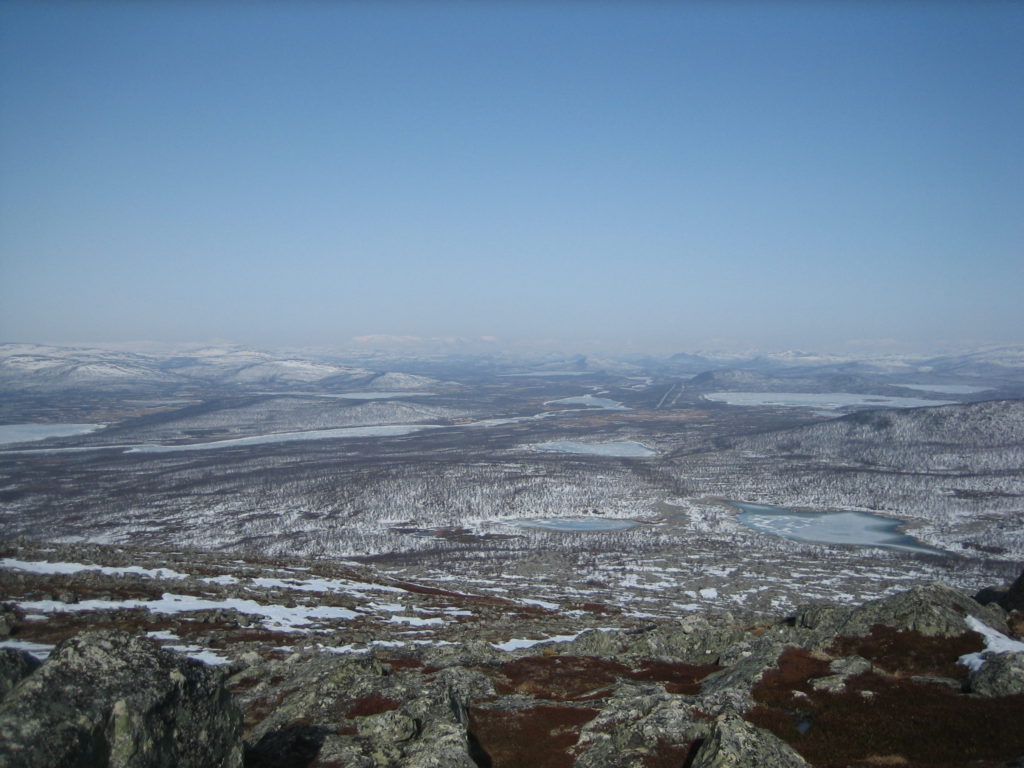
I also visited a nature trail nearby on the same day. It was the “Iitto palsa mire” that describes the fenomenon Palsa in Lapland. Palsa means a giant peat hummok which is in permafrost. The Palsas are to be seen only in the north of Lapland. Apart from these palsa mires there are no permafrosts in other places in Finland. Permafrost means that the ice inside the mire never melts. The largest palsa here is around 5 metres high. If the peat is over 50 cm thick the ice does not melt during the summer. Palsa is the black pile in the picture.
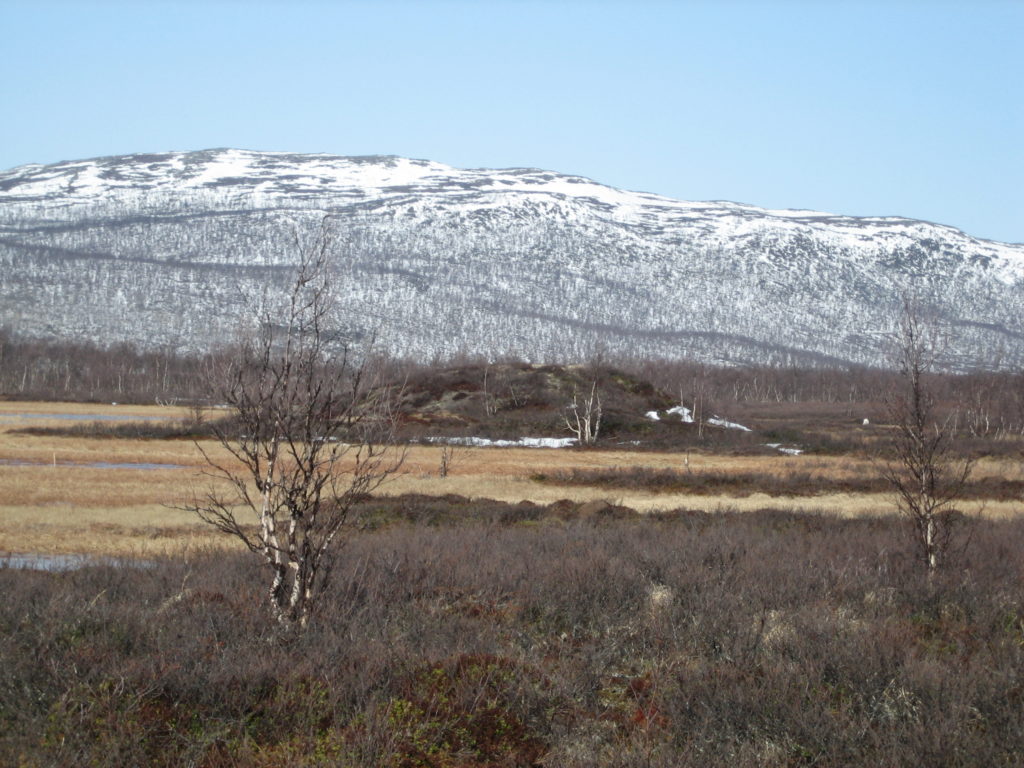
The melting of the core inside the palsa makes the palsa collapse. With the rise of the palsa, its dry peat surface starts to crack and the warmth reaches the ice core on 55-77 cm and the palsa starts to melt. Finally the whole frozen core has vanished and the palsa collapses. The only thing left is a pool with peat edges, reminds us of a hole made by a small meteroite.
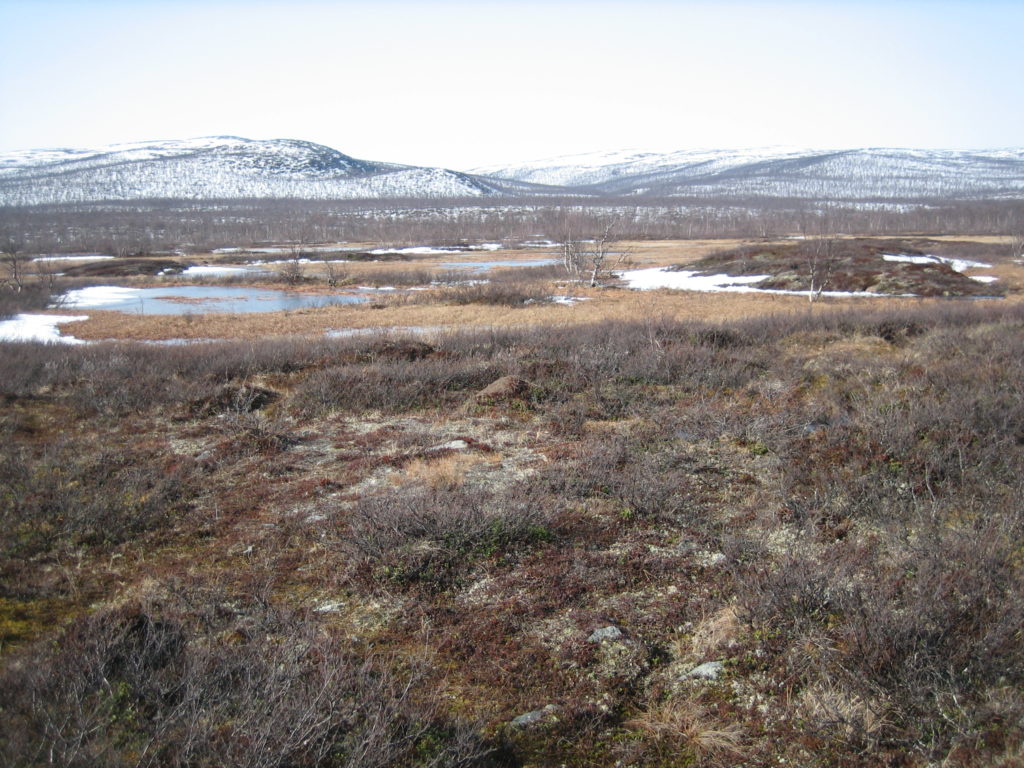
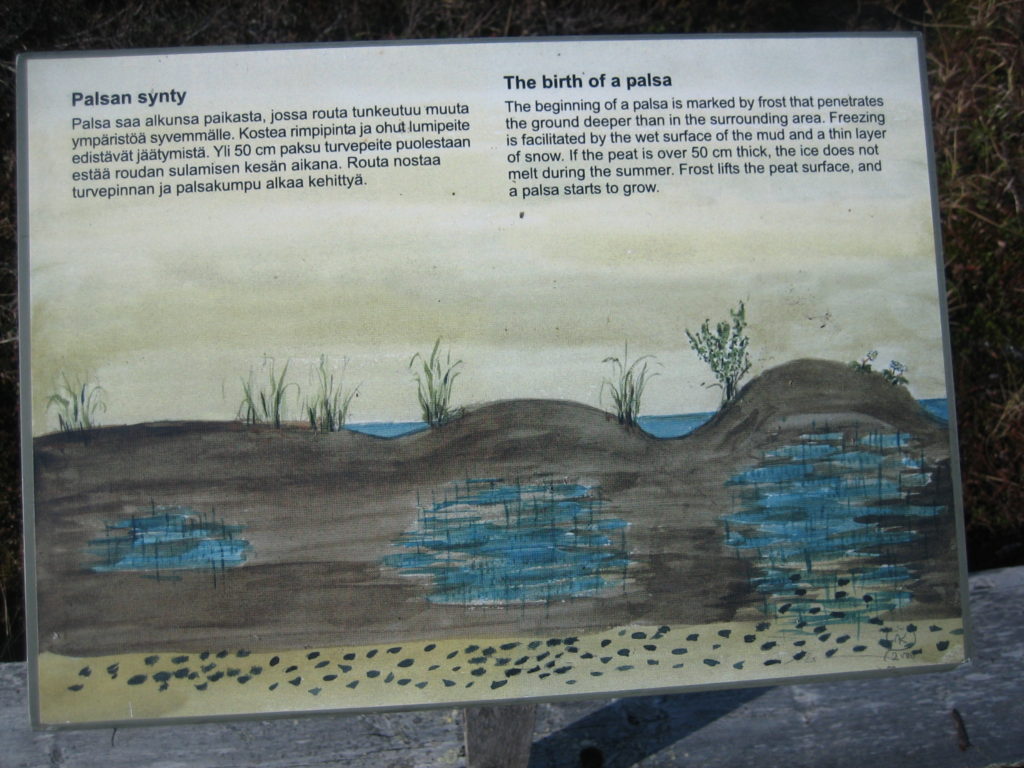
In the end of the week we decided to abandone the thought of ice-fishing on the river, because the rapid grew larger and larger every day and the noice from the rapid began to be very loud. This also had the affect on the fish, so we got hardly no fish at all in these days. We moved to more calm waters for the last two days.
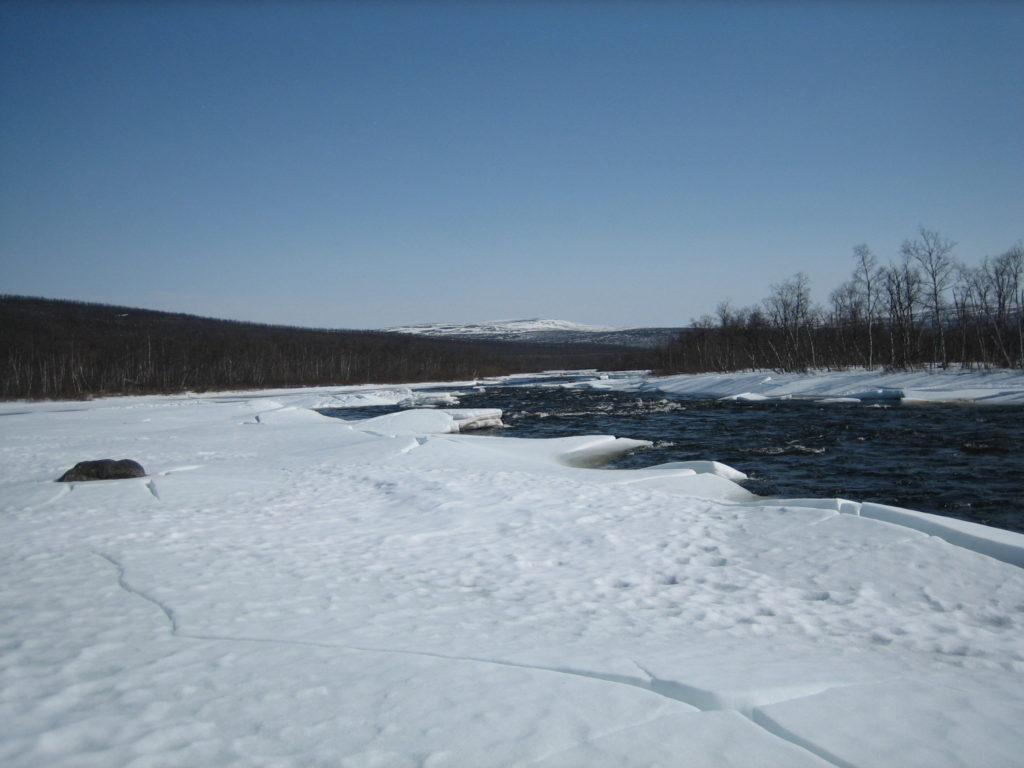
We also visited the village Kilpisjärvi one of the days, as usual.
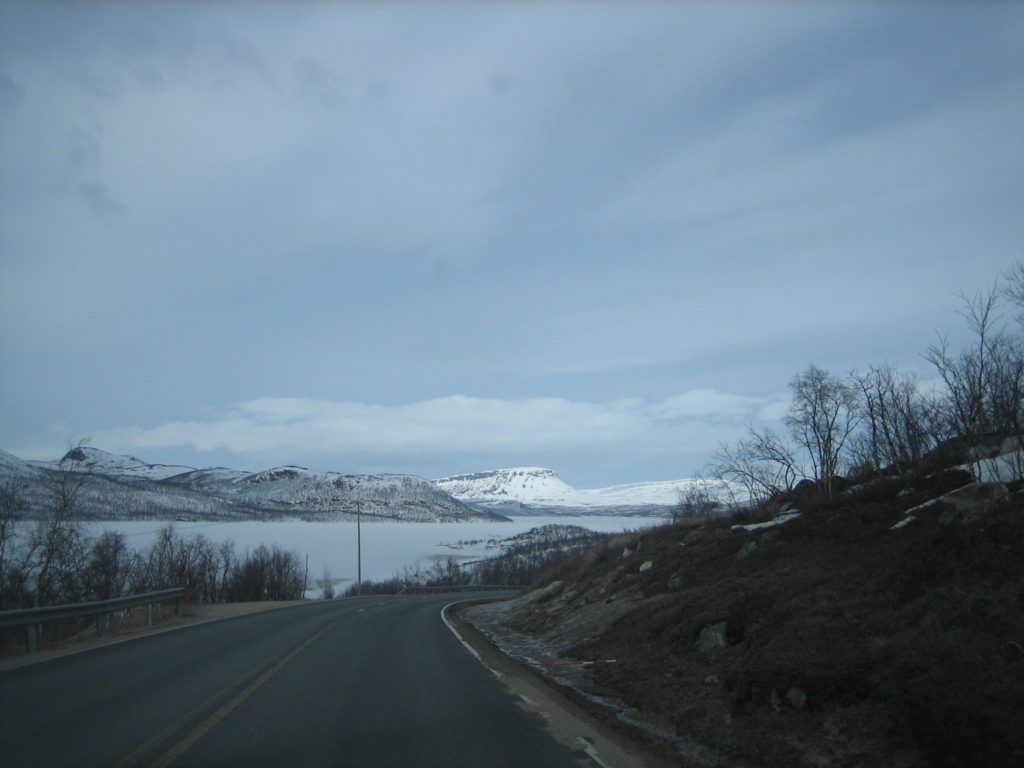
As usual, the expedition was full of adventures and we were very content with the tour again.

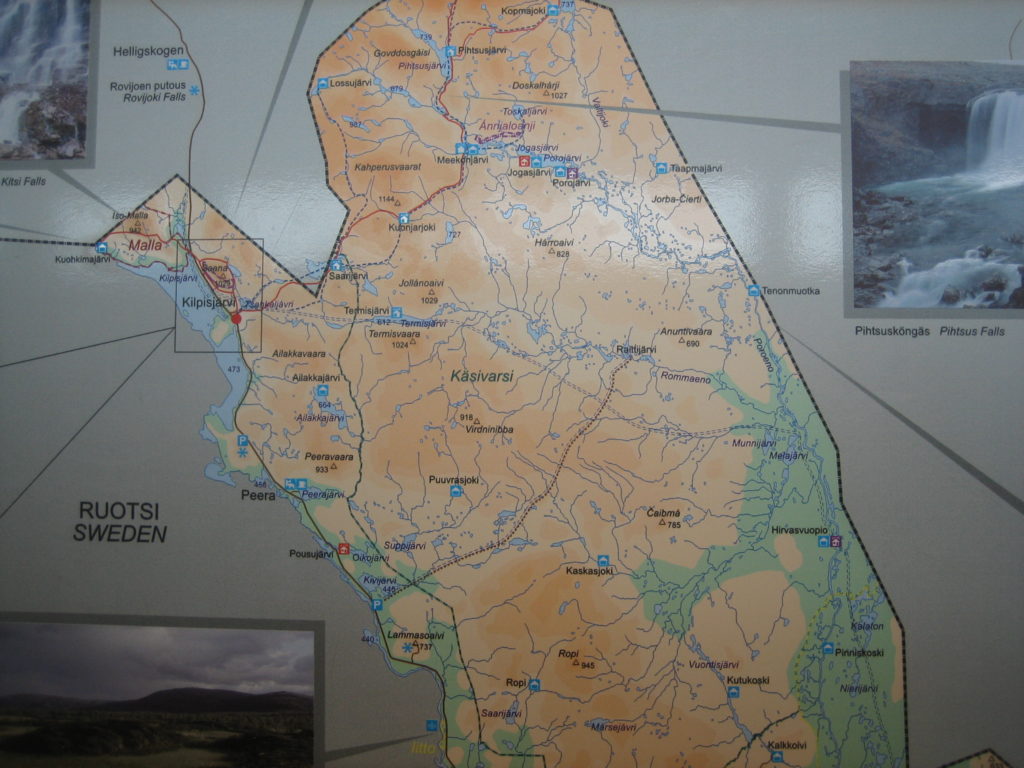
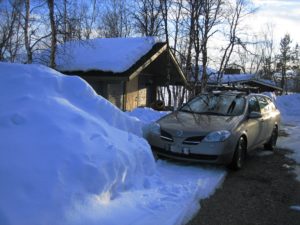
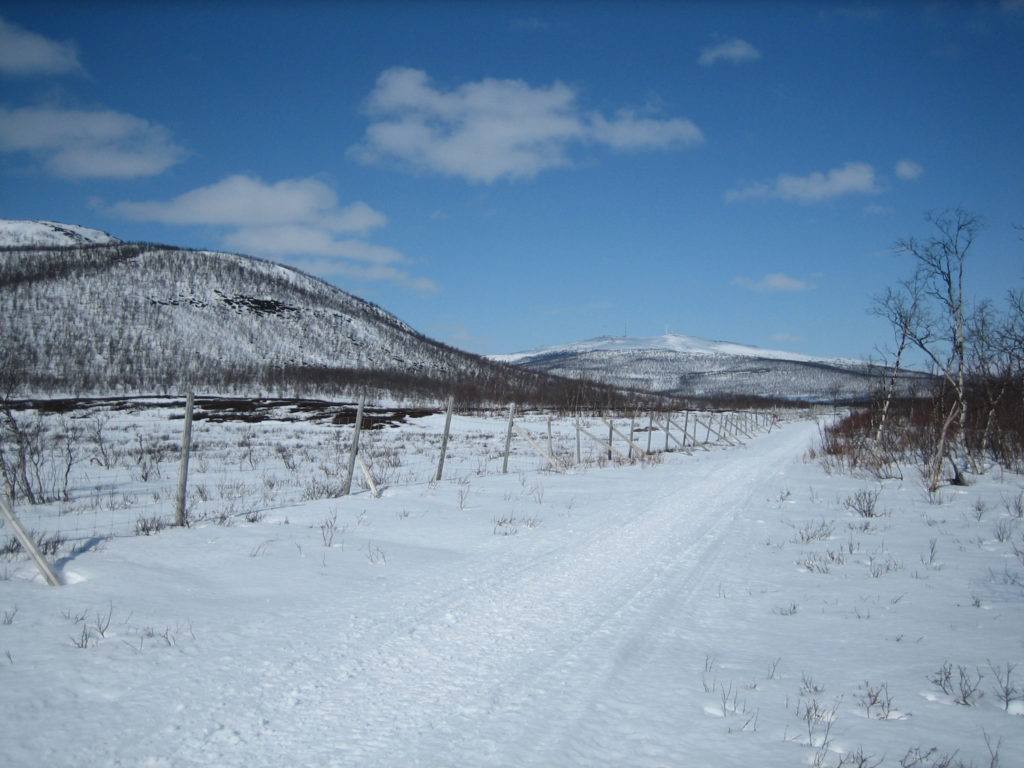
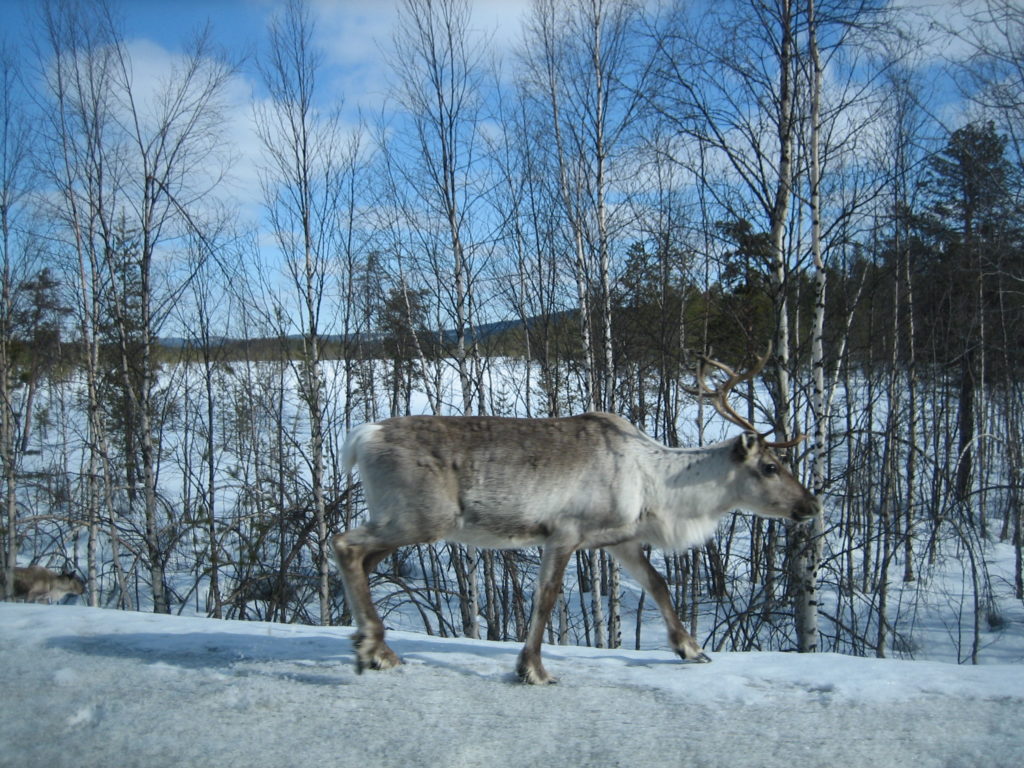

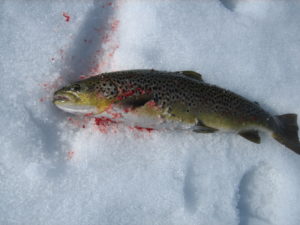
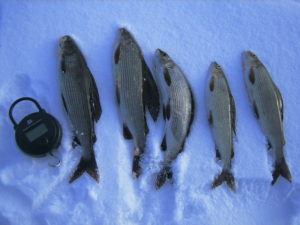
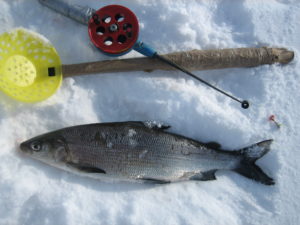
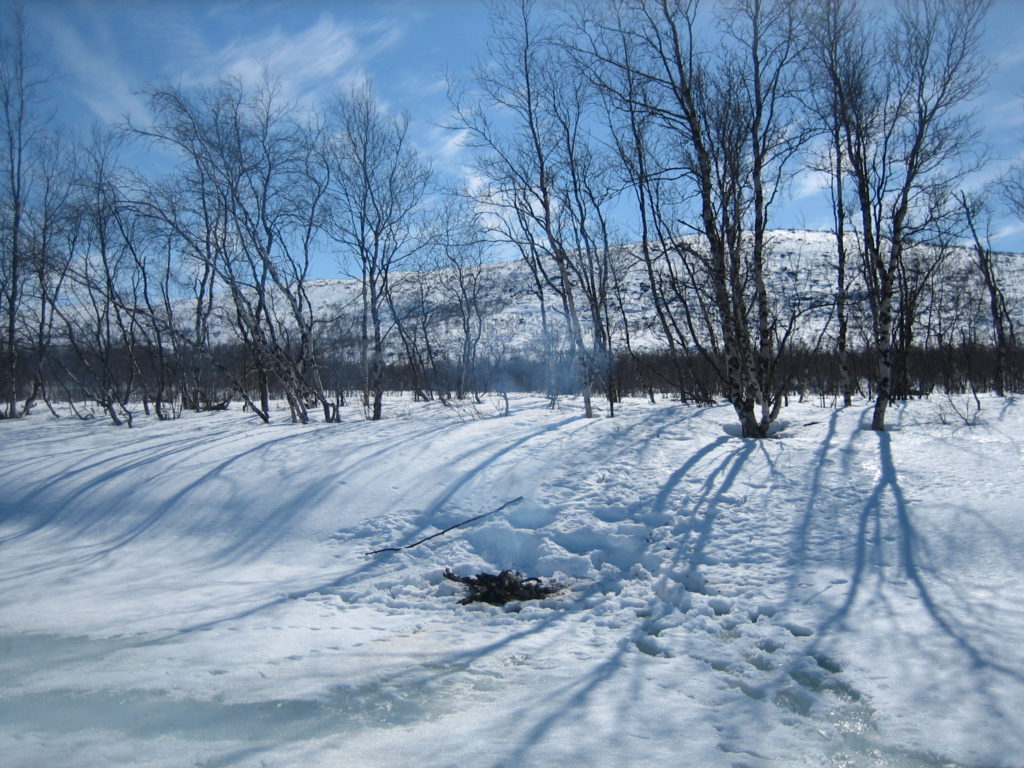
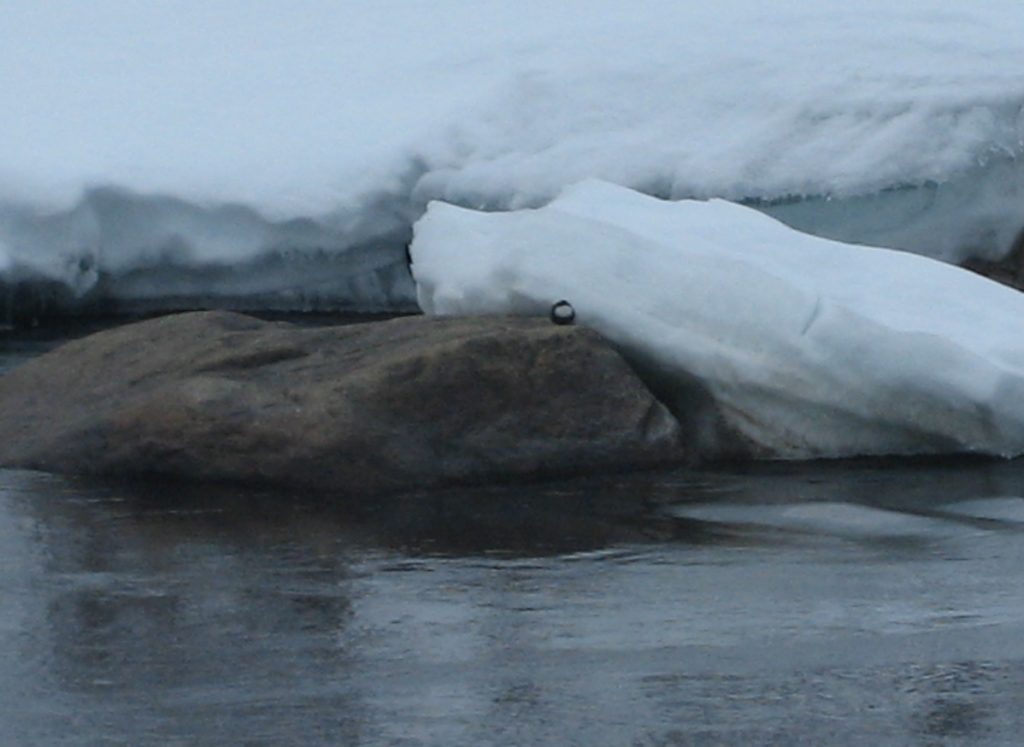
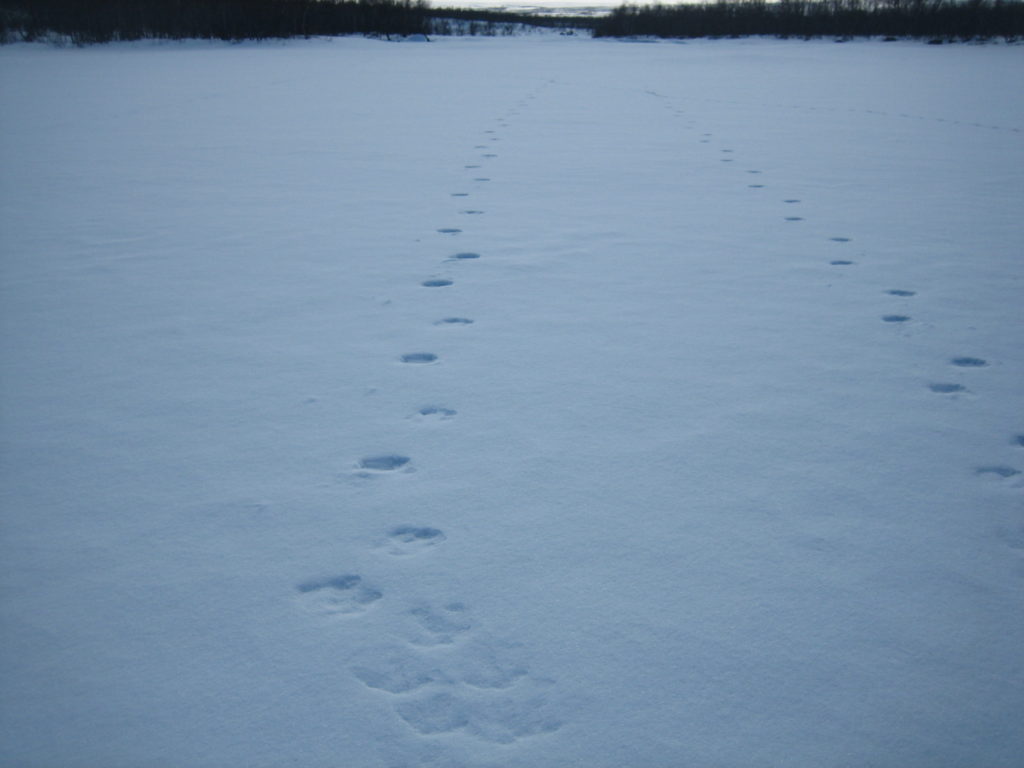
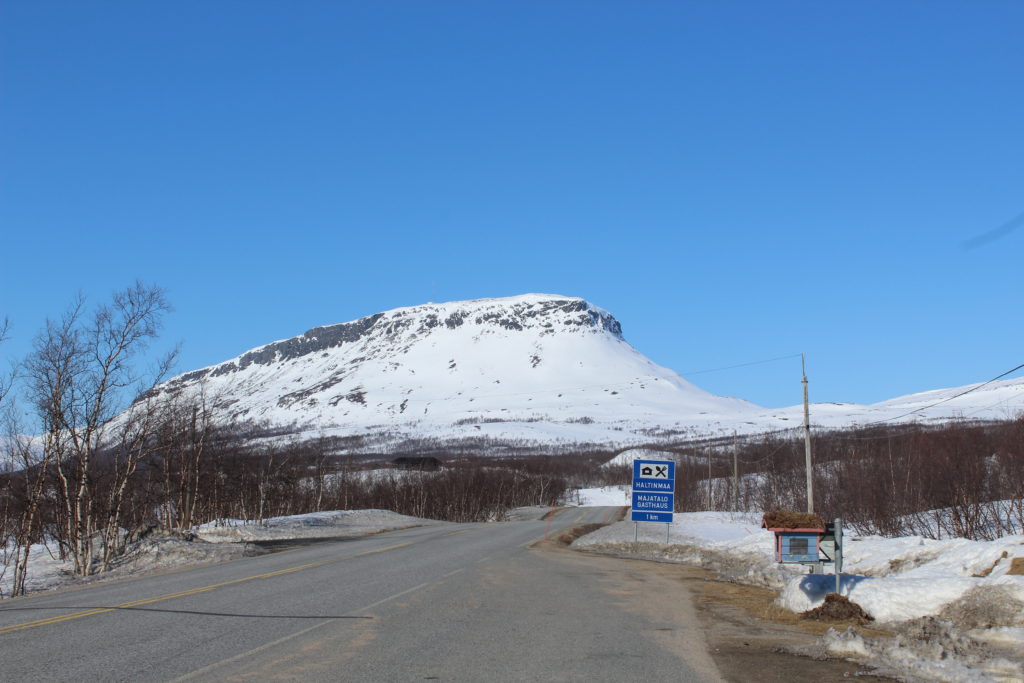
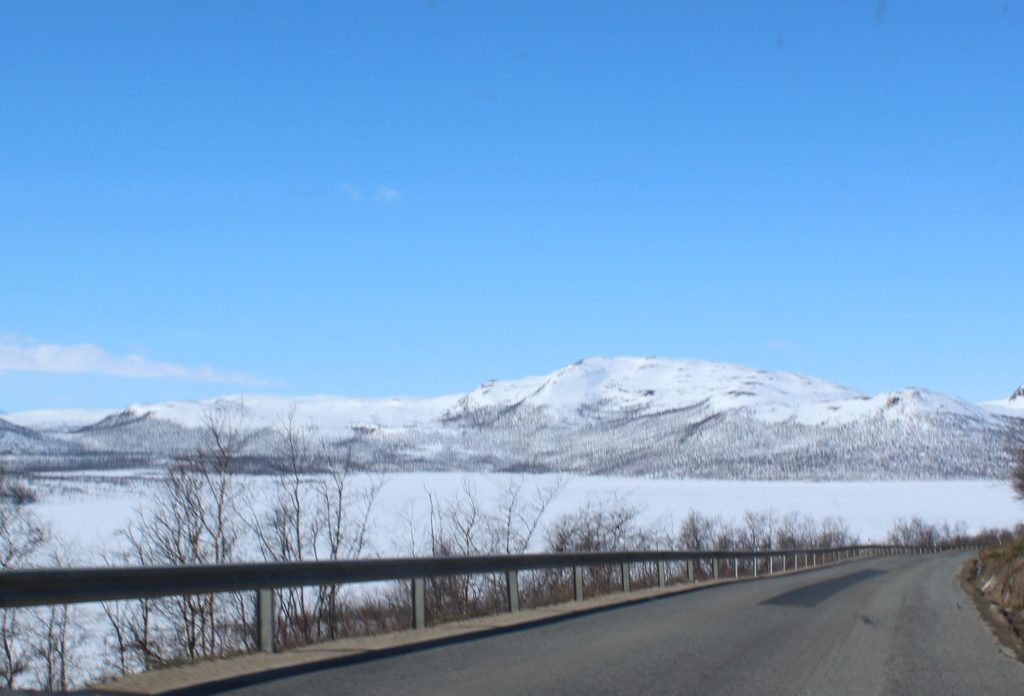


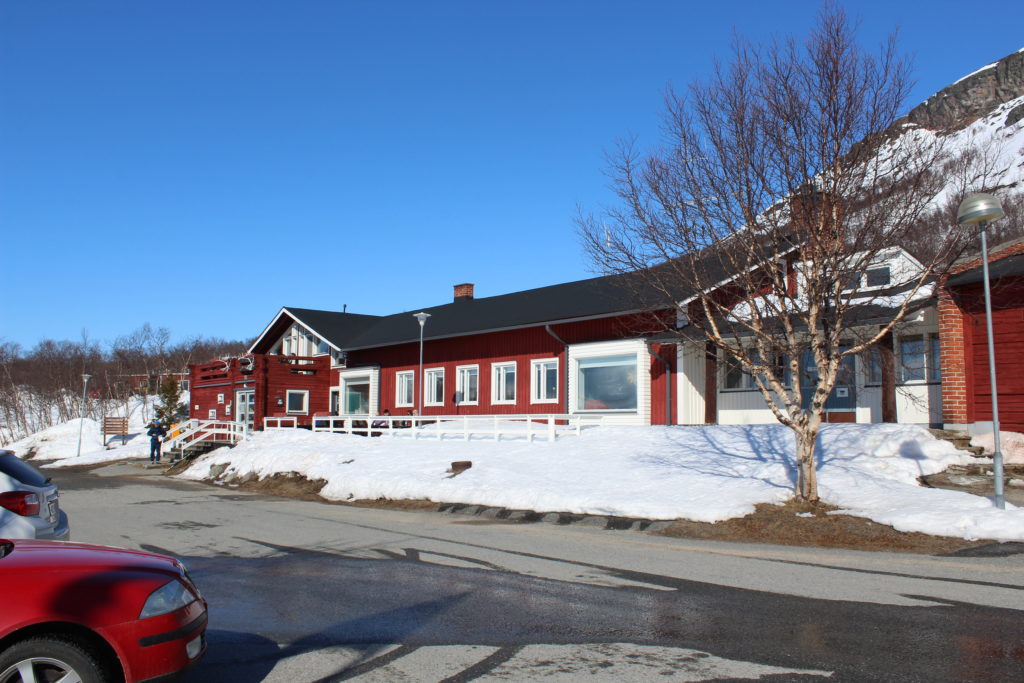
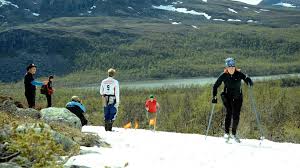



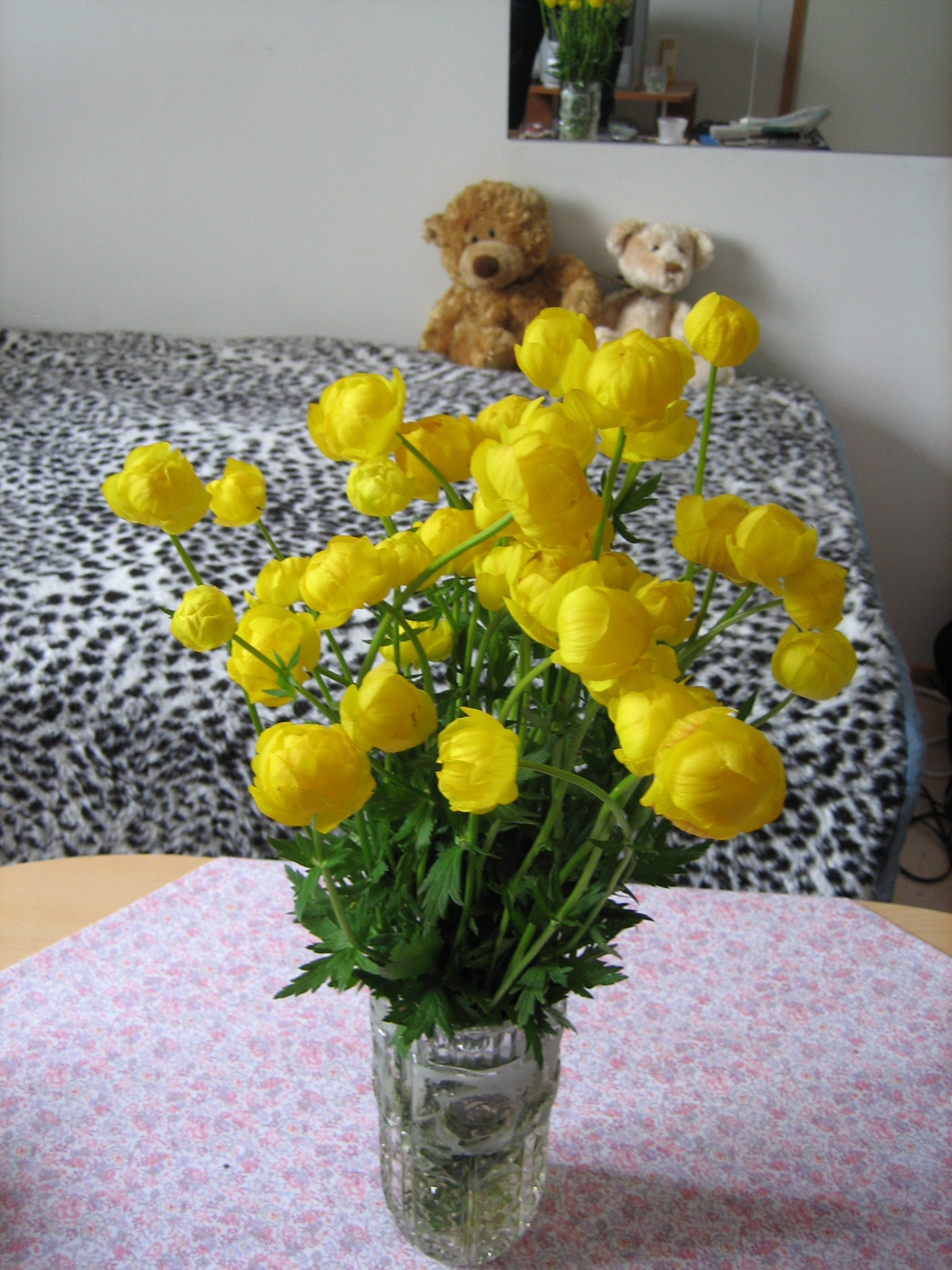
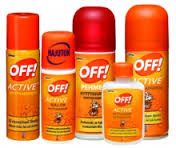


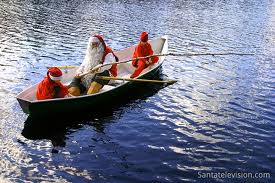
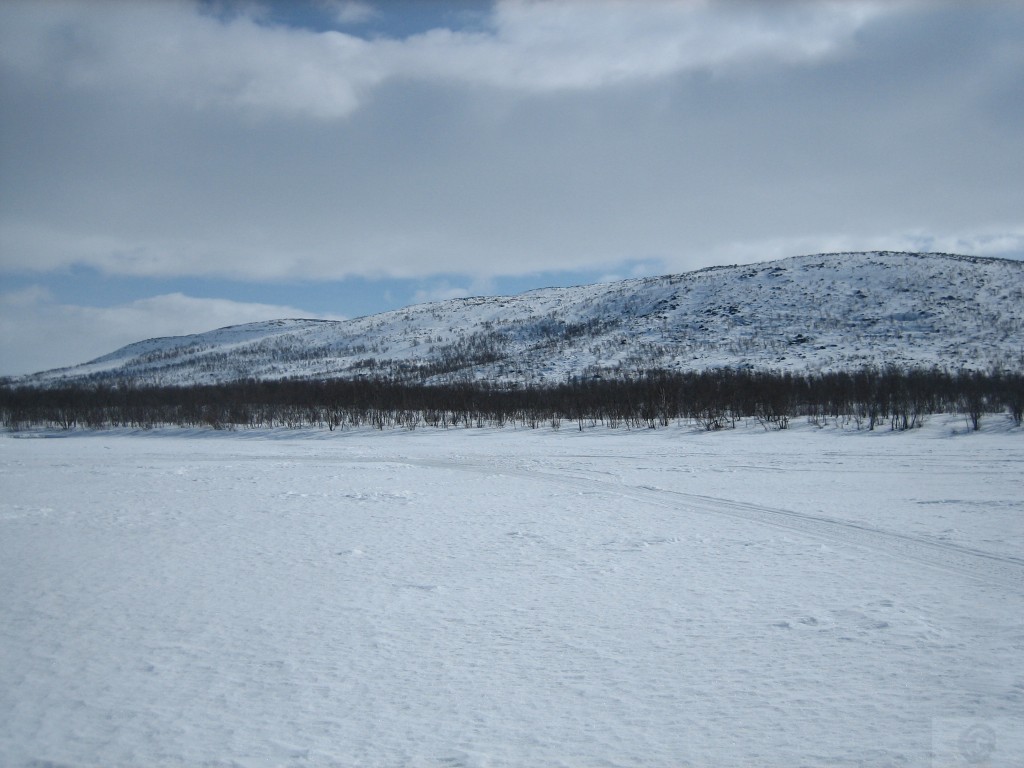
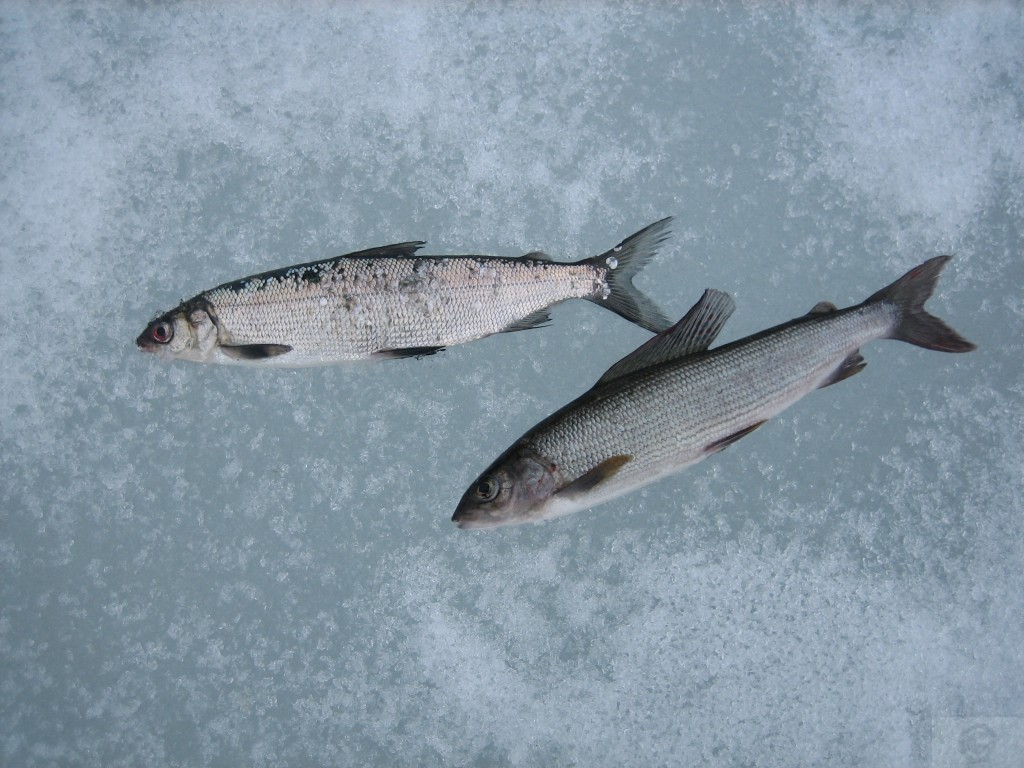
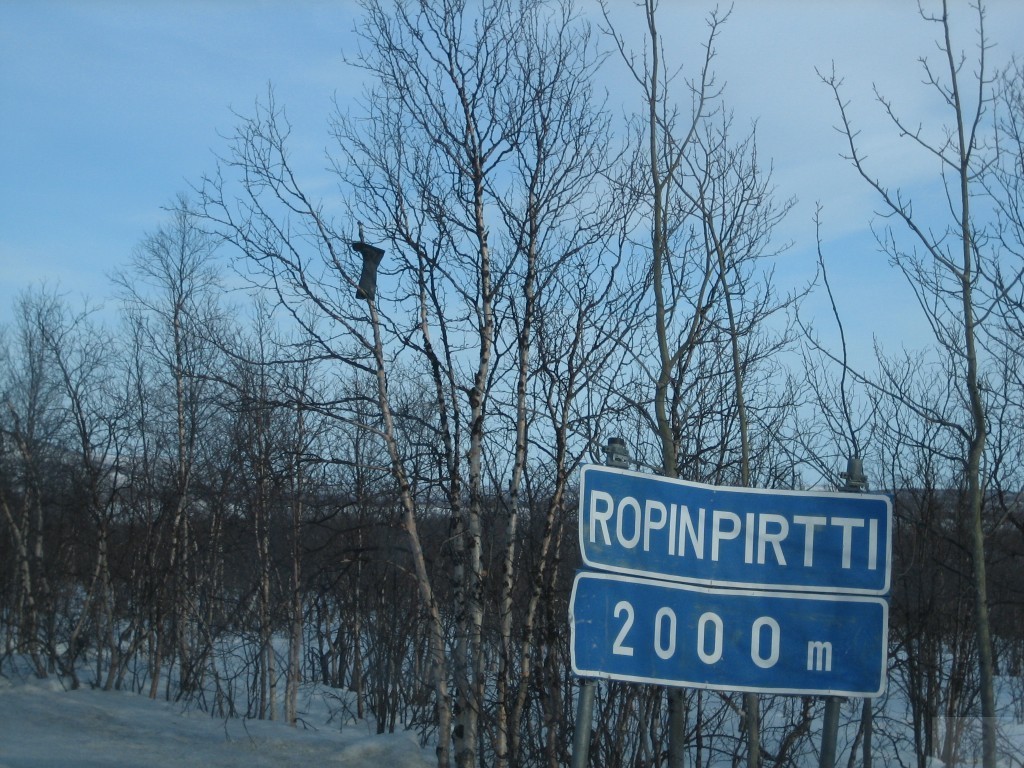
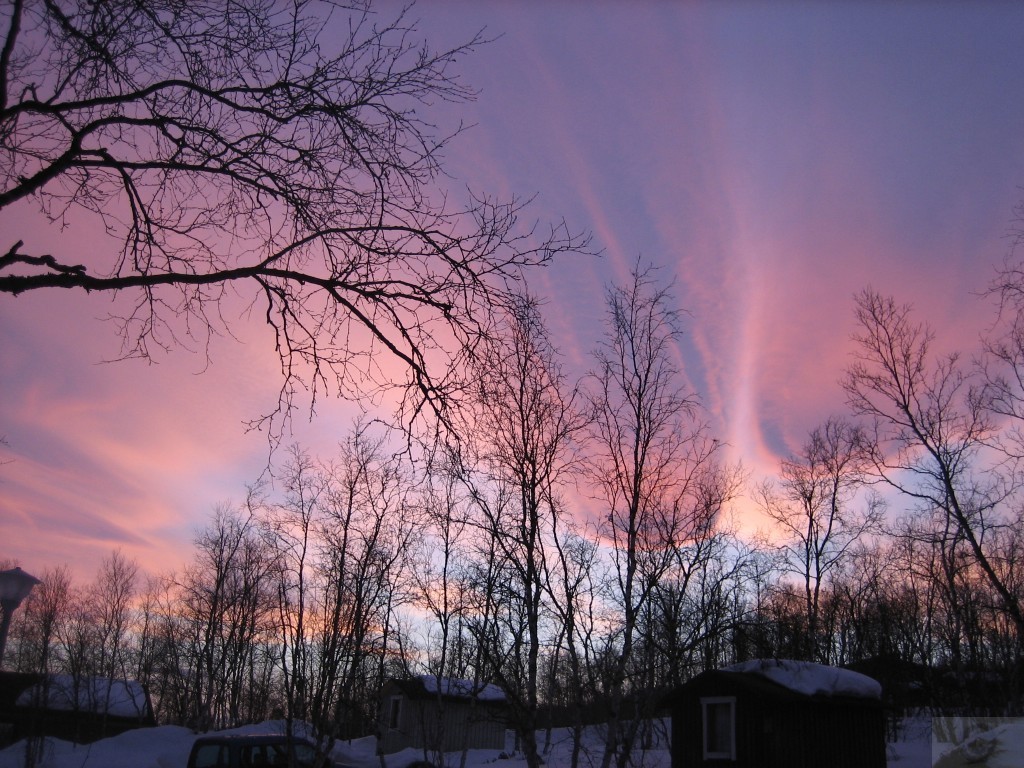
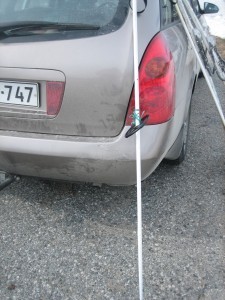
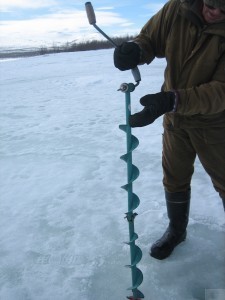
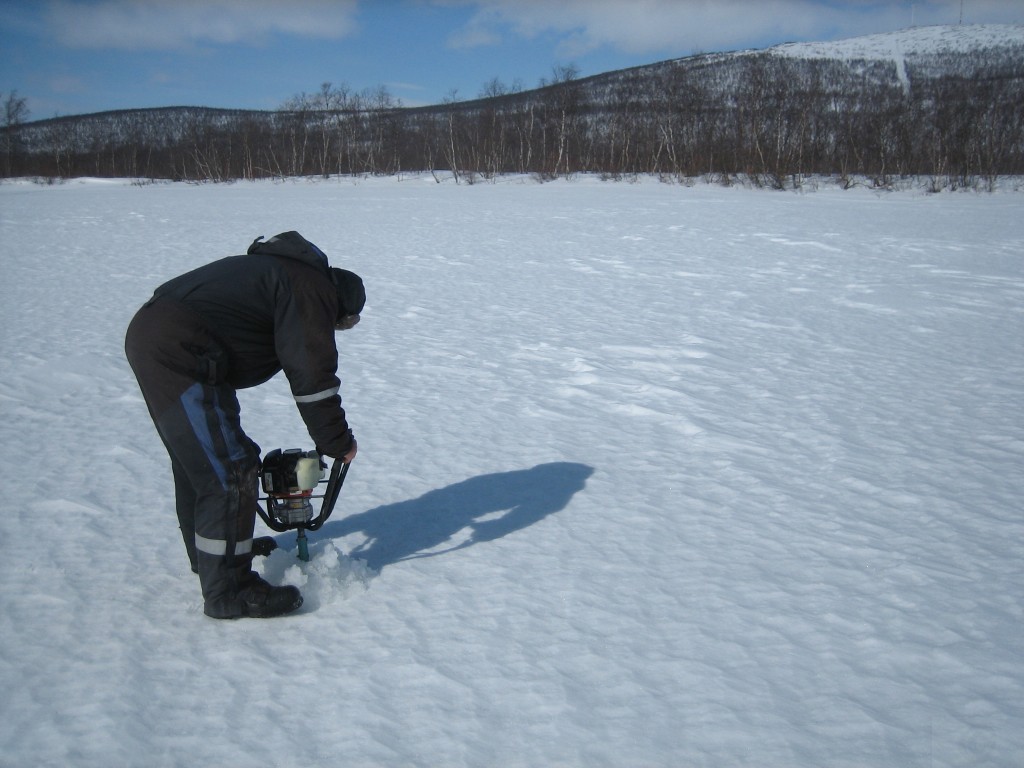
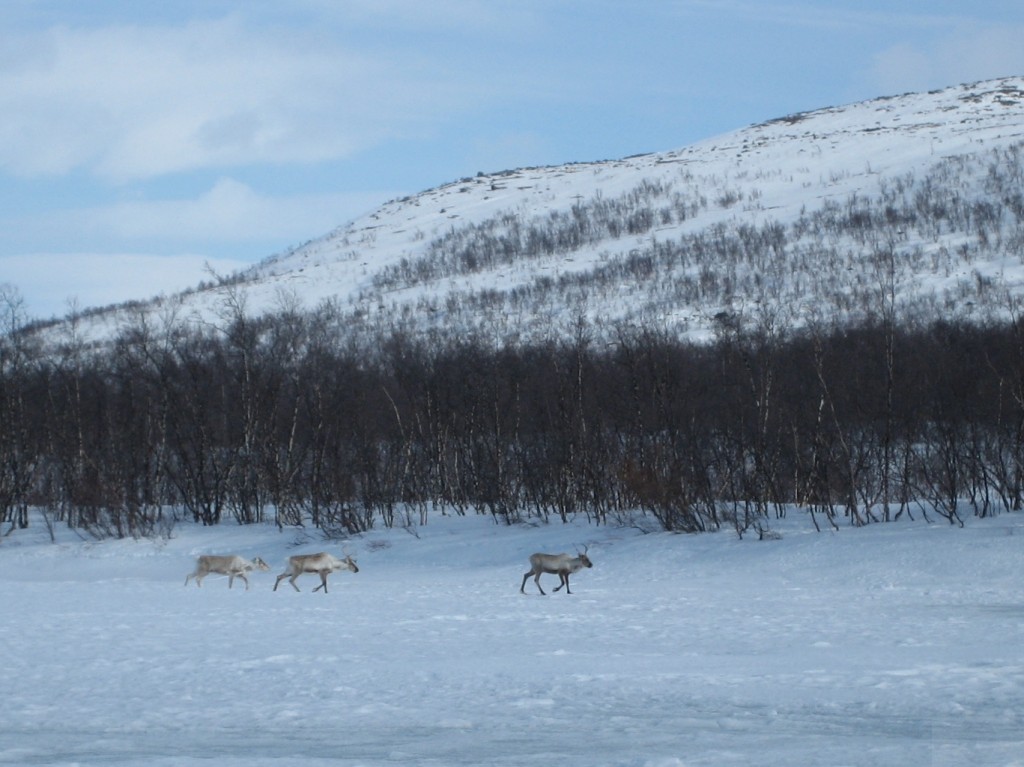
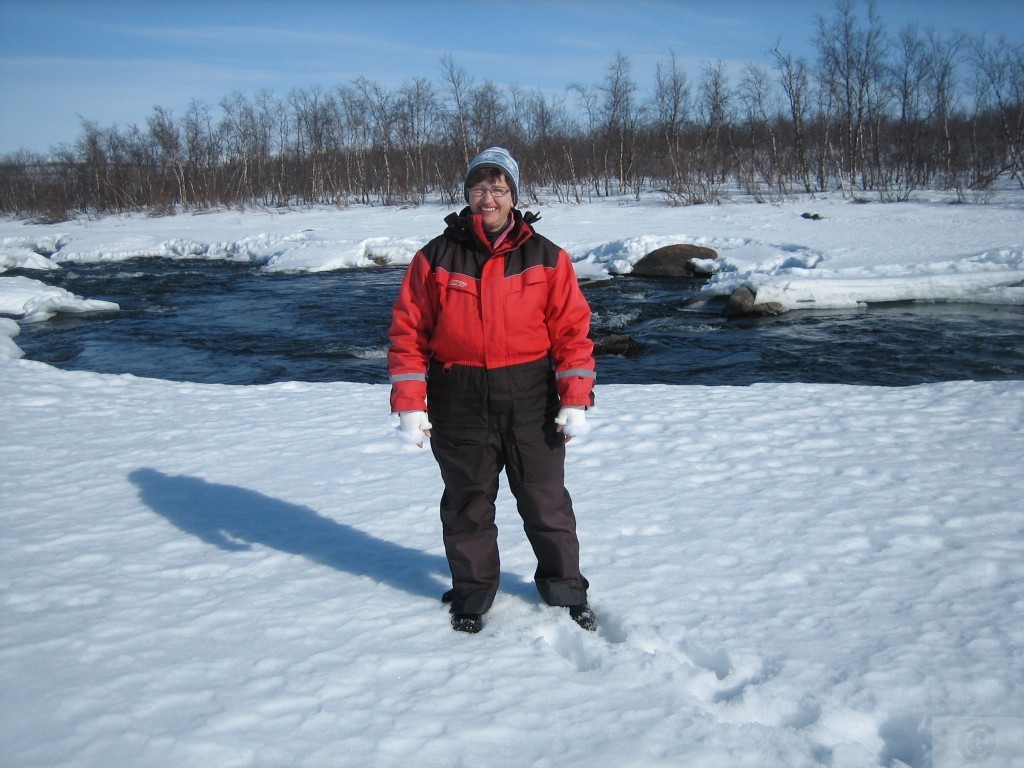
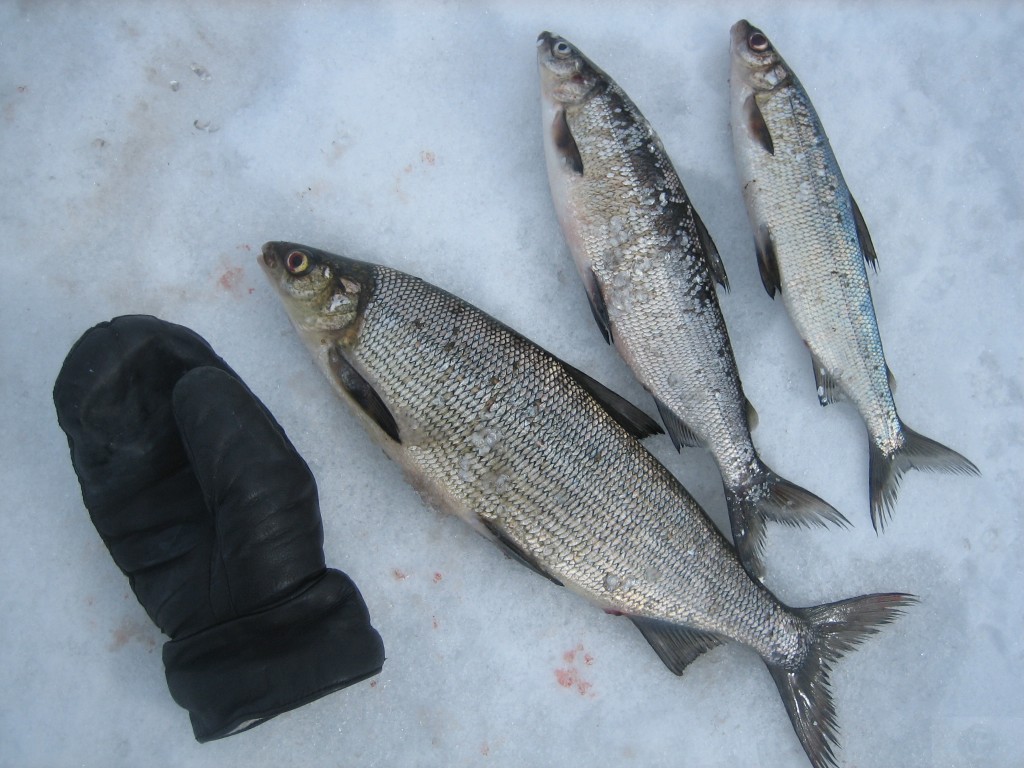
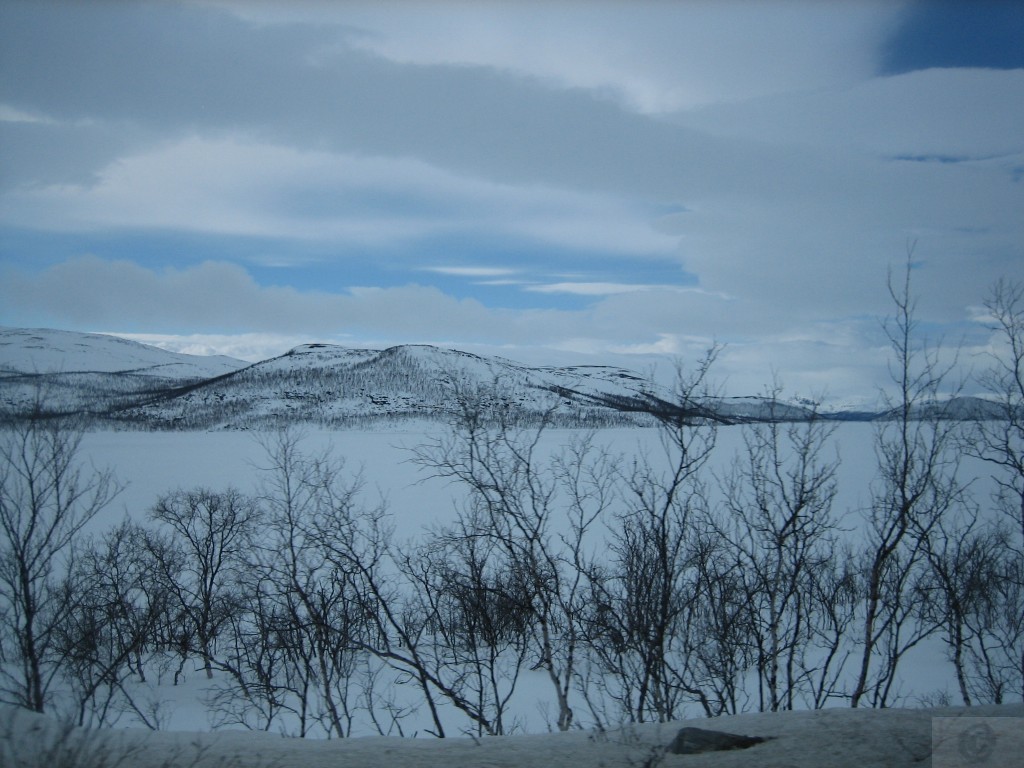

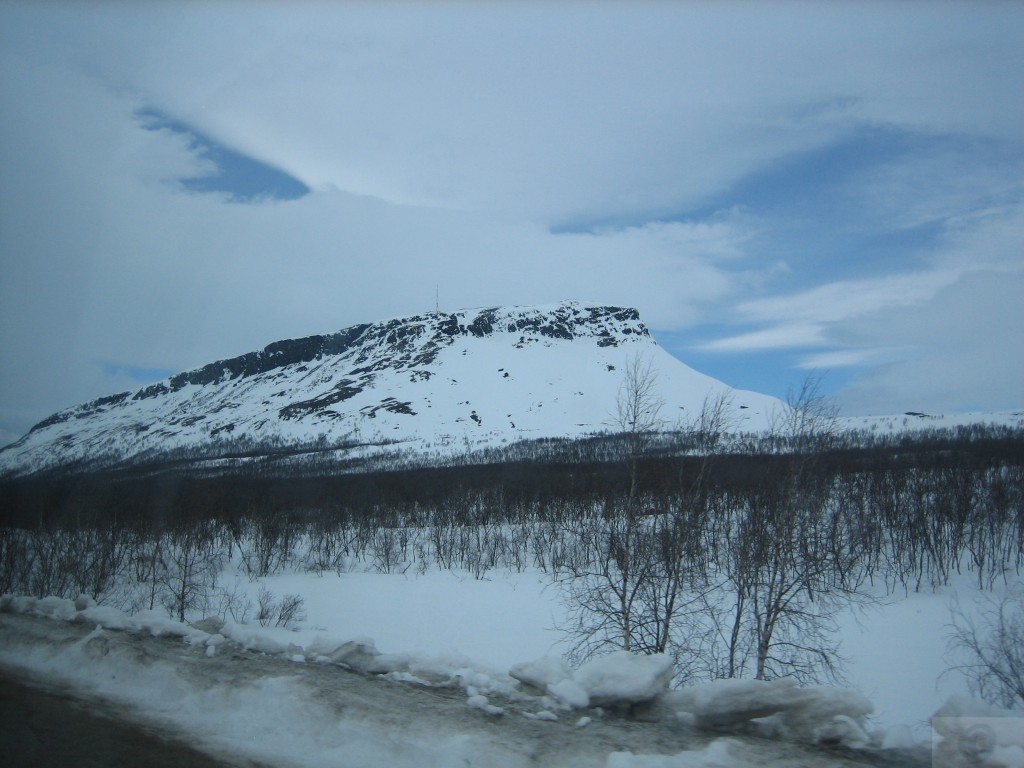
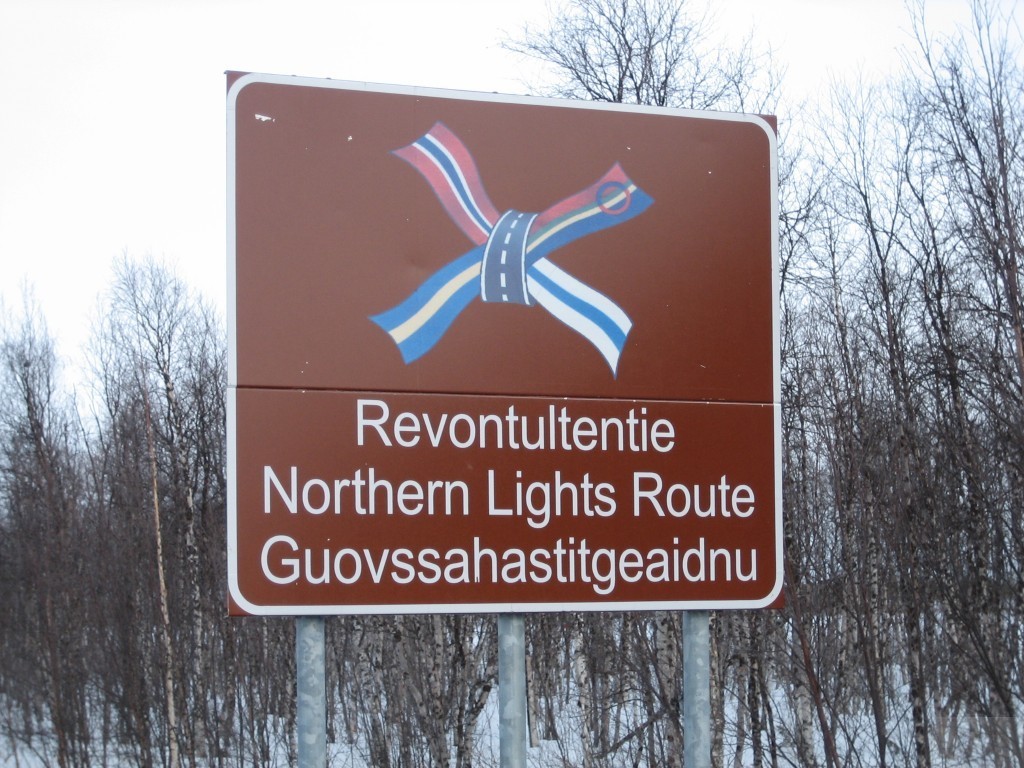

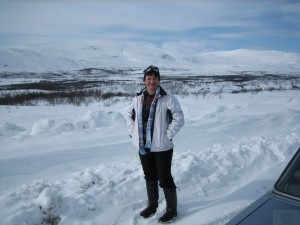
 The name can be translated into English as “Three-Country Cairn”, and is named for the monument of stones erected in 1897 by the governments of Norway and Russia (which was administering Finland at that time). The Swedish could not agree on a boundary commission with the Norwegians and did not bring their stone until 1901. This is Sweden’s most northerly point and it is the westernmost point of the Finnish mainland.
The name can be translated into English as “Three-Country Cairn”, and is named for the monument of stones erected in 1897 by the governments of Norway and Russia (which was administering Finland at that time). The Swedish could not agree on a boundary commission with the Norwegians and did not bring their stone until 1901. This is Sweden’s most northerly point and it is the westernmost point of the Finnish mainland.
